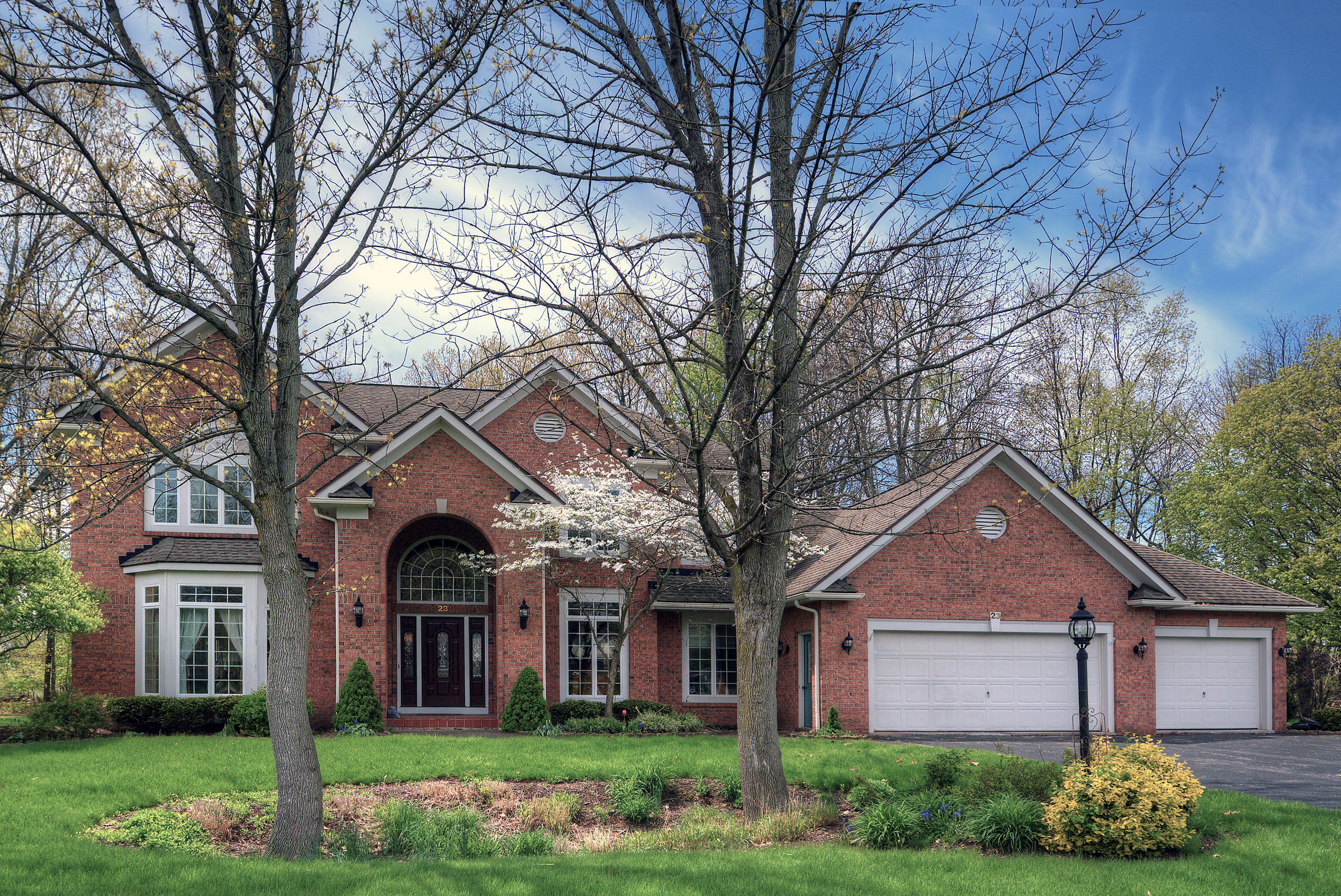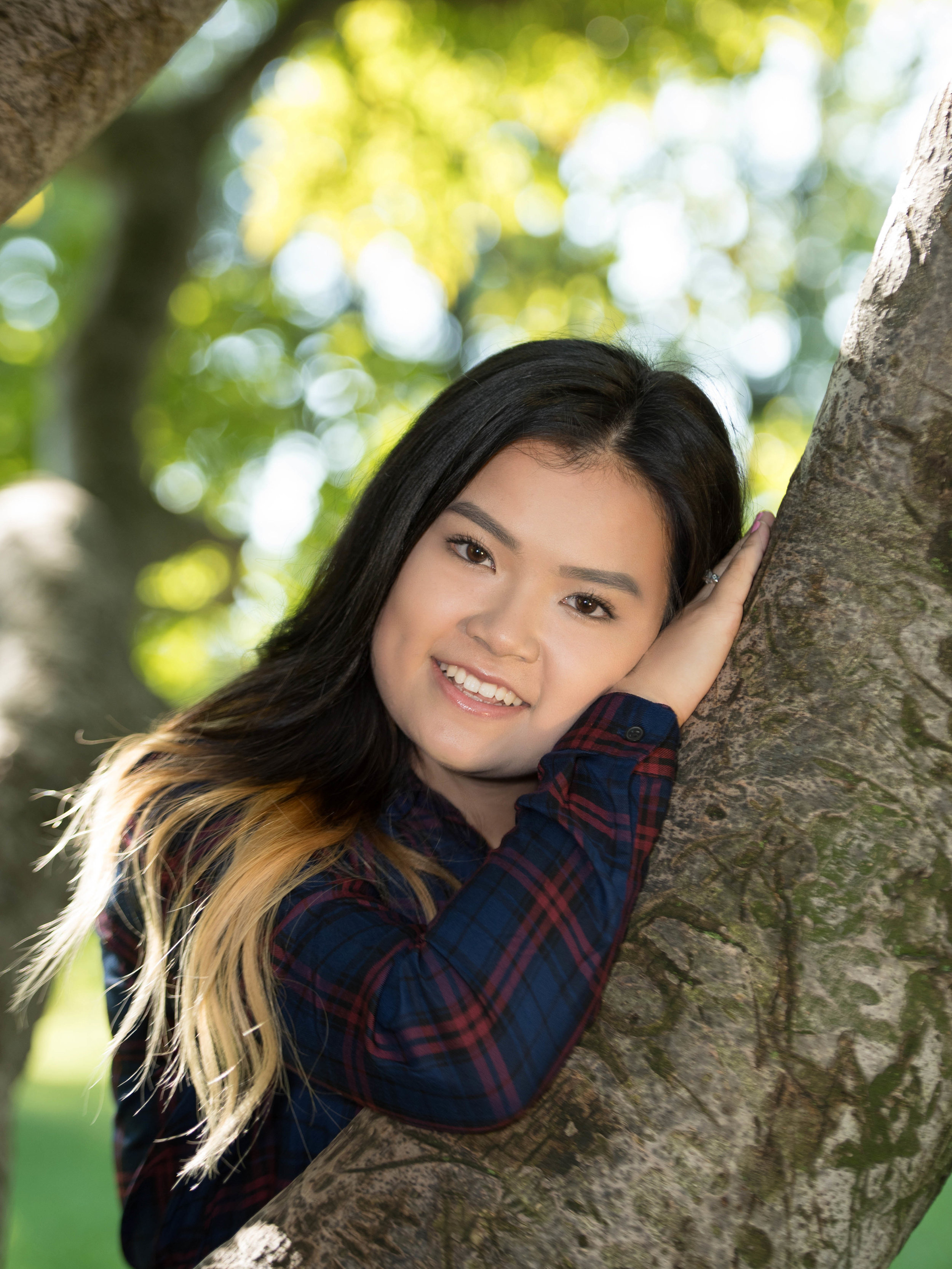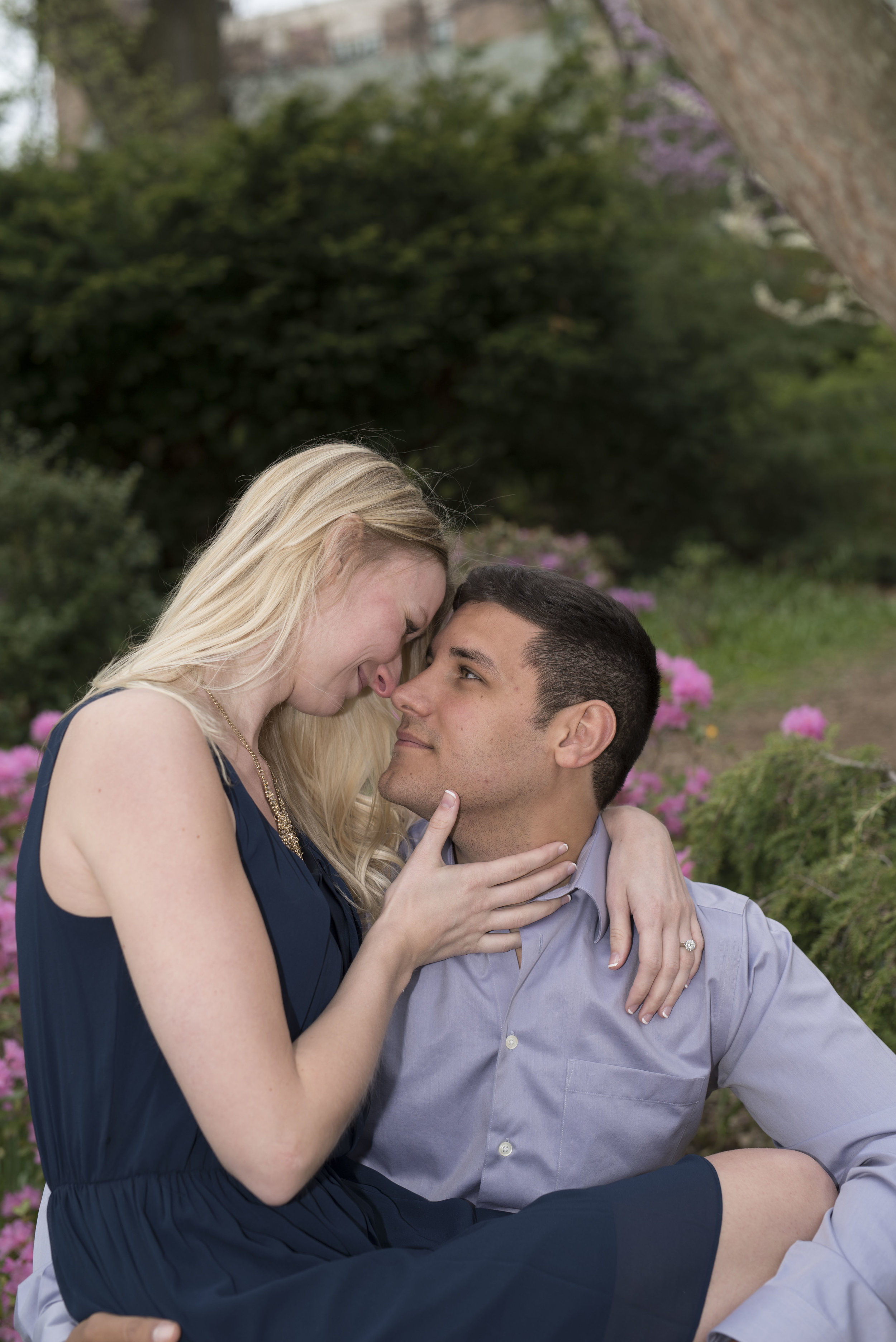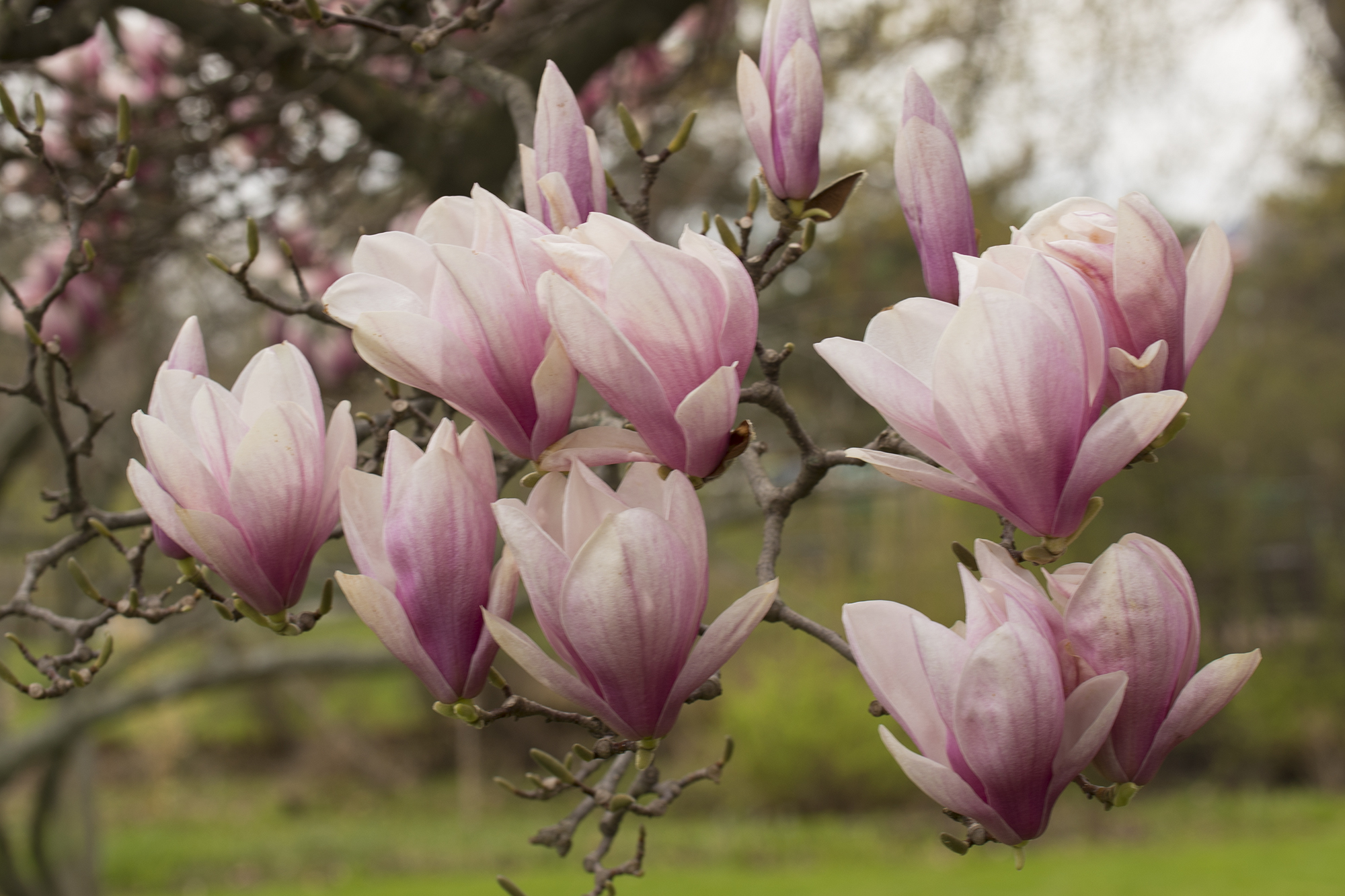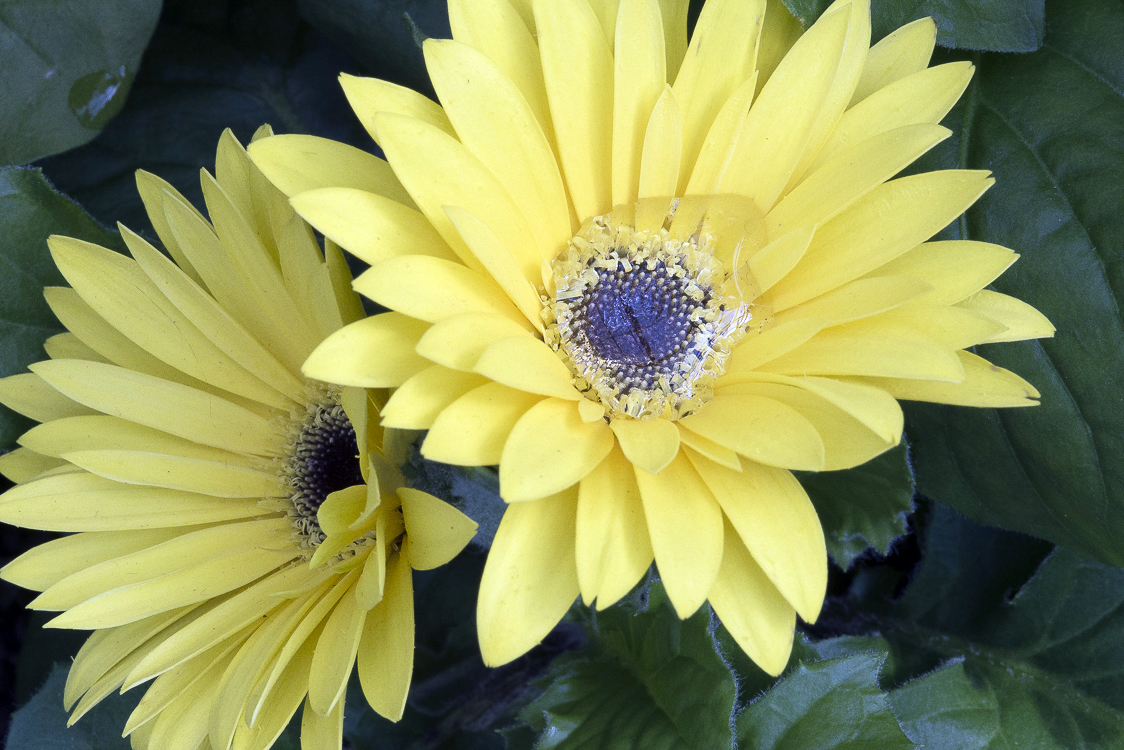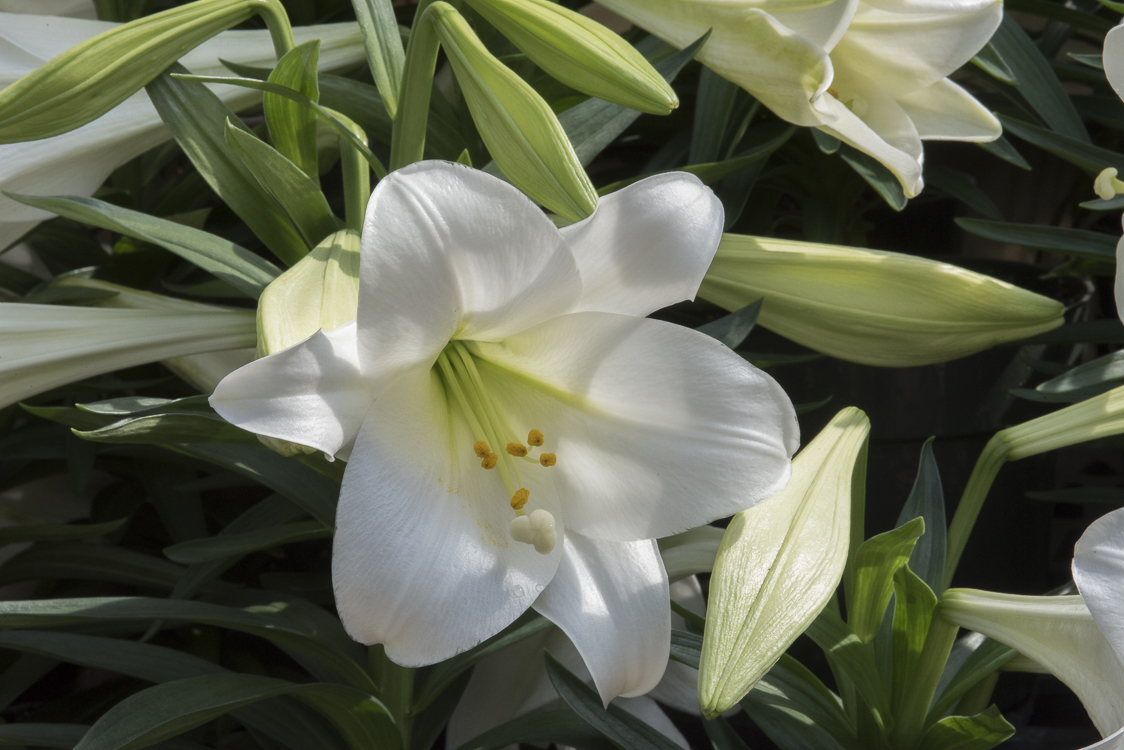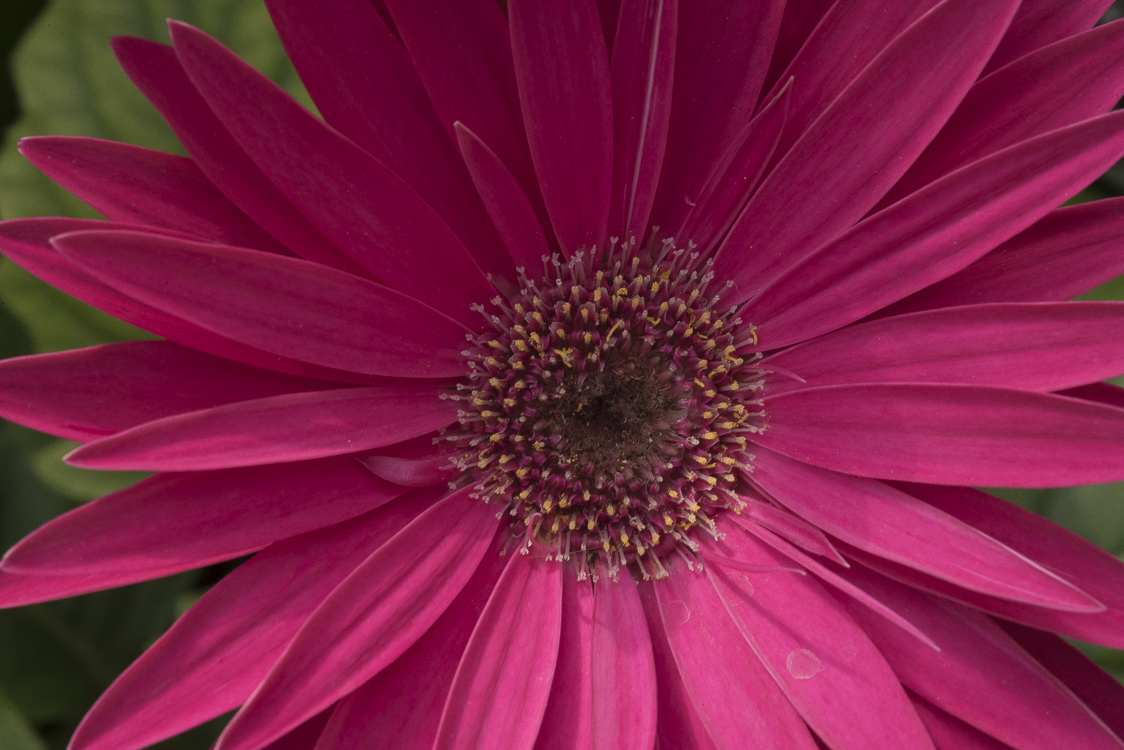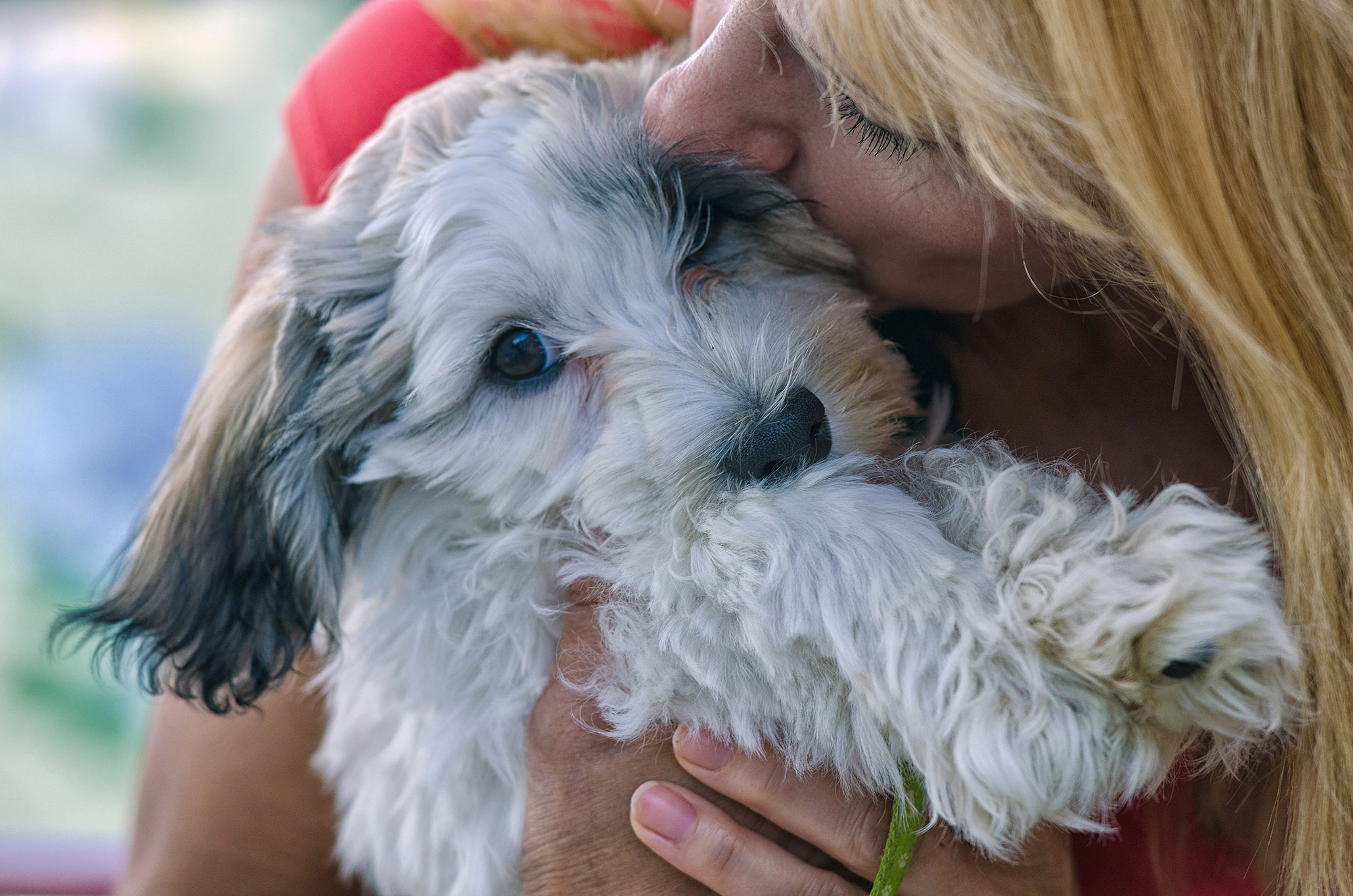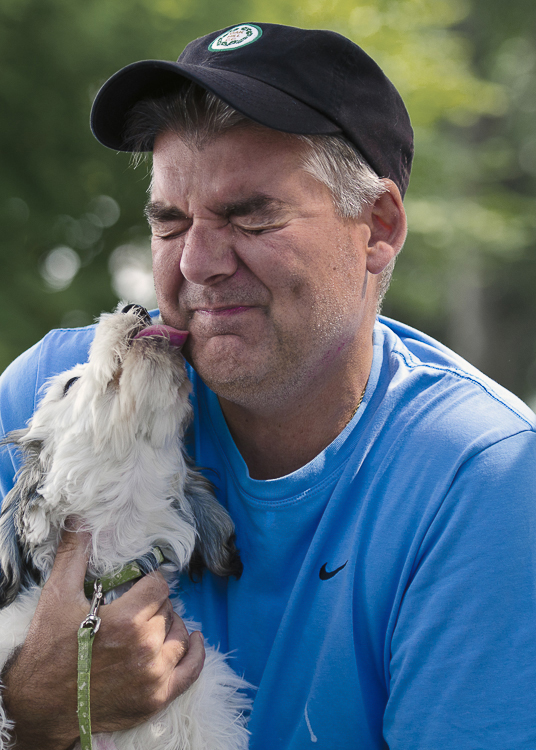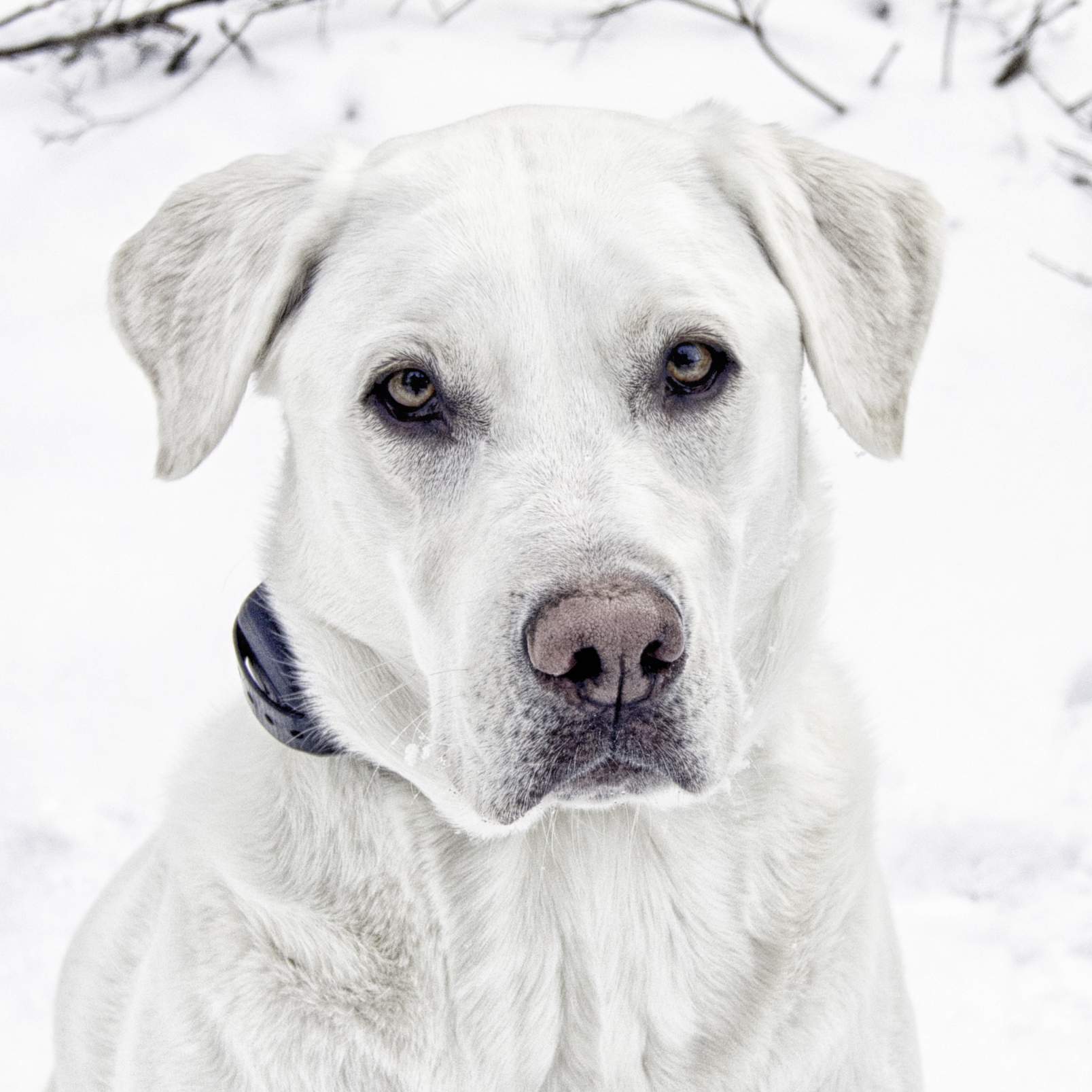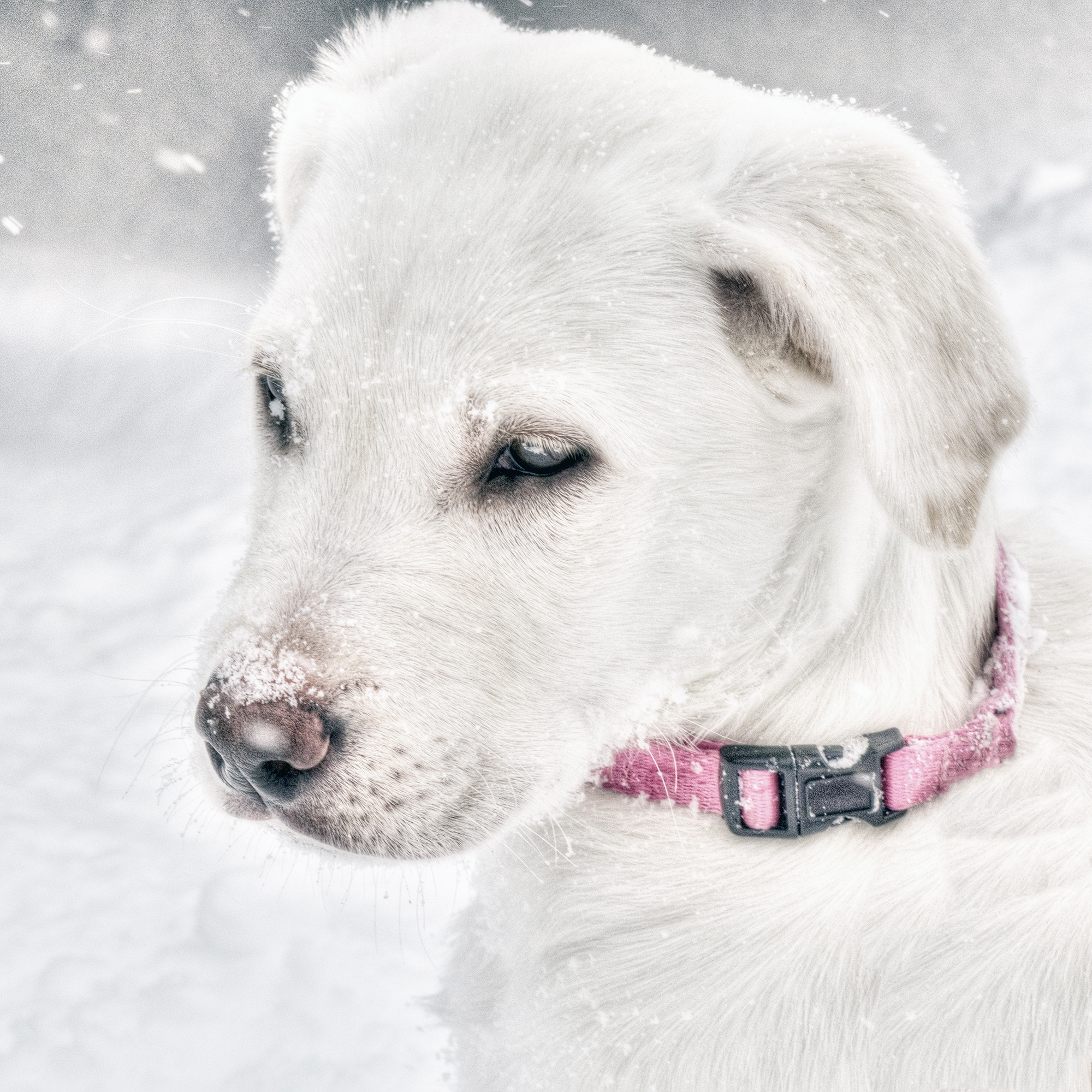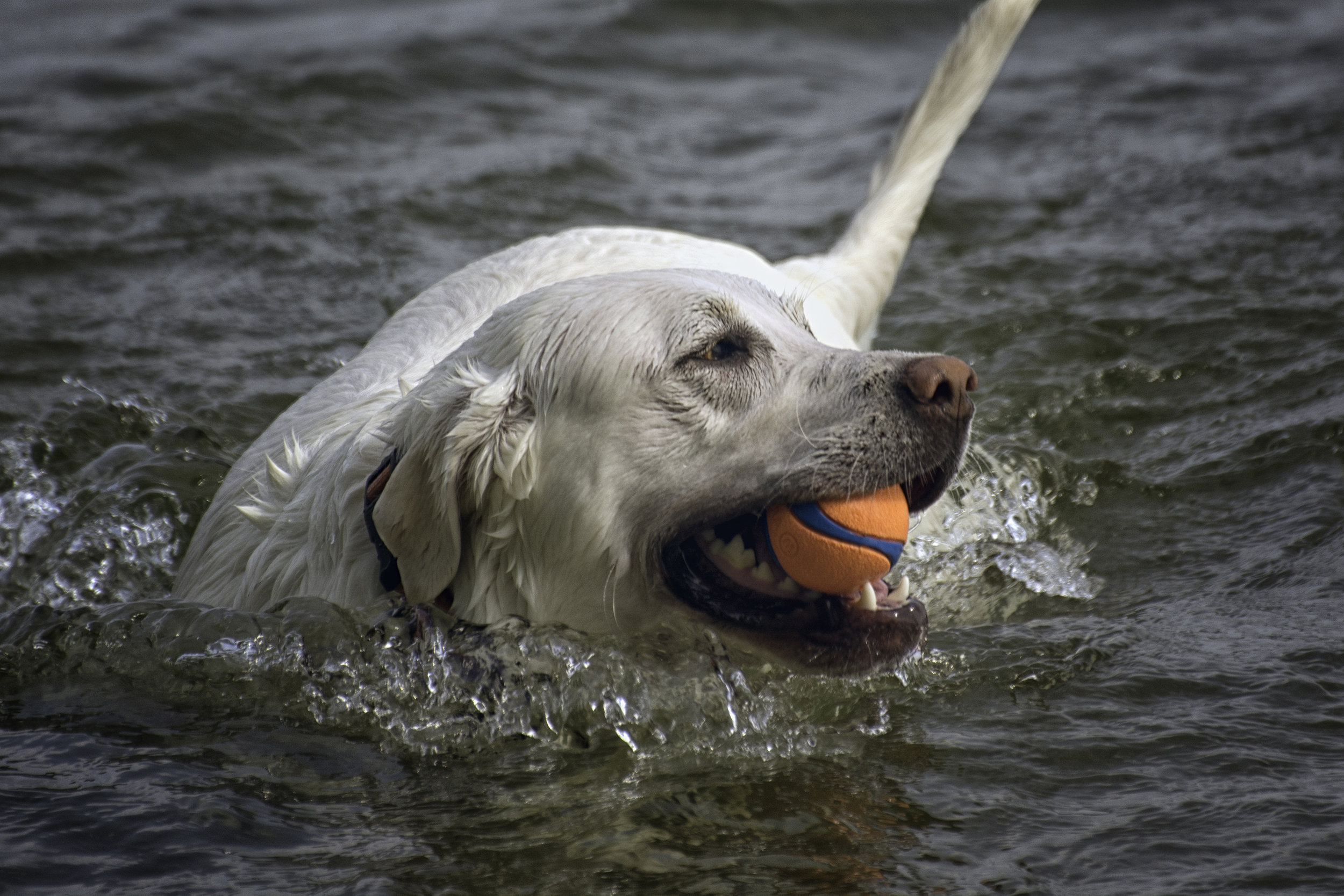We're right in the middle of winter where I live in Rochester NY ... where there are far too many clouds and too little sunshine thanks to Lake Ontario. The big lake lies just a half mile from my home. Still ... there are gorgeous photo opportunities to be had. When the sun is out, it is lower in the sky (compared with summer), and the golden hours of sunrise and dusk can be extra-special. So here's what I do to capture a winter image.
Before I even pick-up the camera, it begins with planning. I consider the weather and look for a morning or evening sky that promises to be lit by partial sunshine and ideally, some puffy or wispy clouds. Quite often, the beauty of this season is all about the sky. I am also looking for a partner for that skyline, whether it's ice formations on the trees, or along the shoreline, or perhaps a citiscape ... some attraction of interest. Now to know how the light is going to dance with the feature I have chosen, and the best possible time for shooting, I use an app like the Photographer's Ephemeris, which will show you the path of the sun and the moon over any location you identify.
Critical gear for me is my tripod, a 16-35mm lens, and cable release. Often I take advantage of neutral density filters, and/or a polarizing filter over my lens to enhance the sky and cut reflected glare; and I'll always bracket my shots, typically by two stops of light. I try to get to a chosen location at least a half an hour ahead of when I expect the light to be at it's best as this gives me time to consider different ways to frame an image. Time is important, because the best light doesn't last long, and when I hurry too much I am more likely to make a mistake!
Focusing the camera is super-critical, and it can be difficult in low light. Focusing about 1/3 of the way into the frame with the camera set to aperture priority and an F-stop of 11 or more helps to keep the image sharp from front to back. I may start with the camera's autofocus on, but I usually double check the set-up using the camera's live-view, magnifying the image and then fine tuning the focus. Then the auto-focus is shut-off.
I dial in the lowest native ISO possible, typically ISO 100, to minimize graininess . These bracketed exposures will be longer ... not typically over 30 seconds ... but approaching that at dusk. I may or may not combine the exposures in photoshop to extend the dynamic range of the view, it just depends on how I like given captures. I love to take advantage of Nik filters in post too, but the final image while it may be slightly enhanced, needs to maintain it's realism with what I witnessed.




